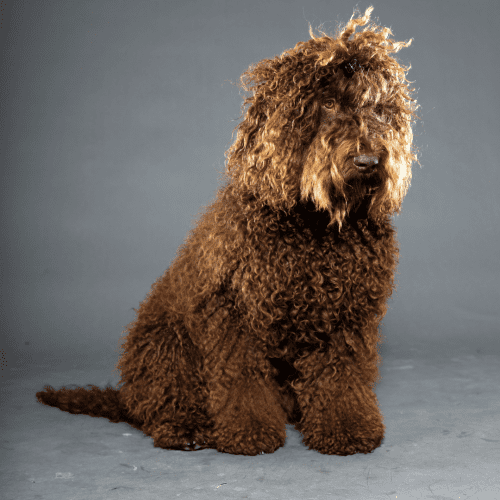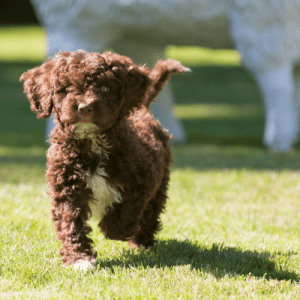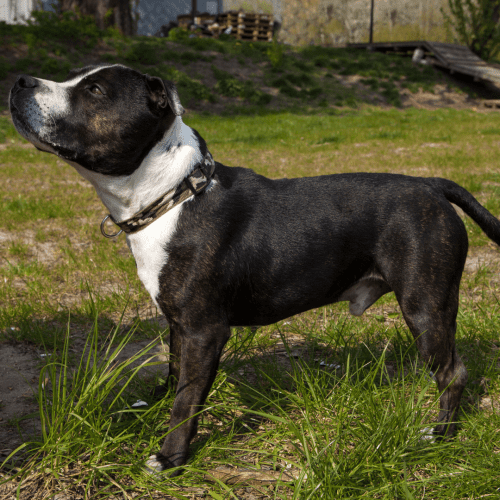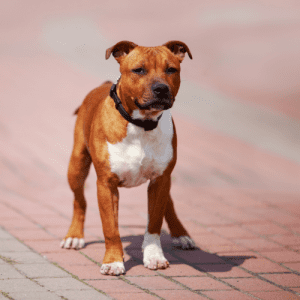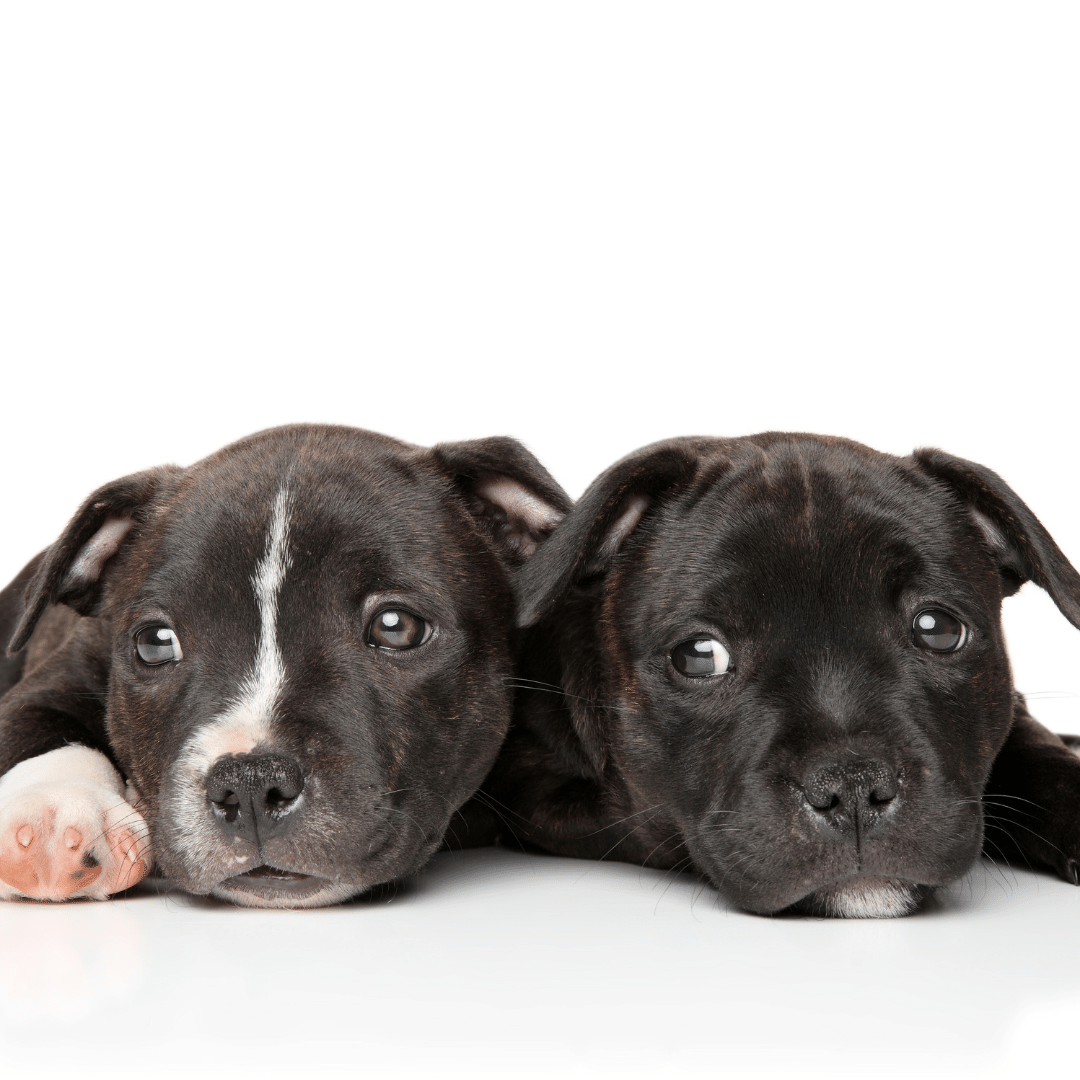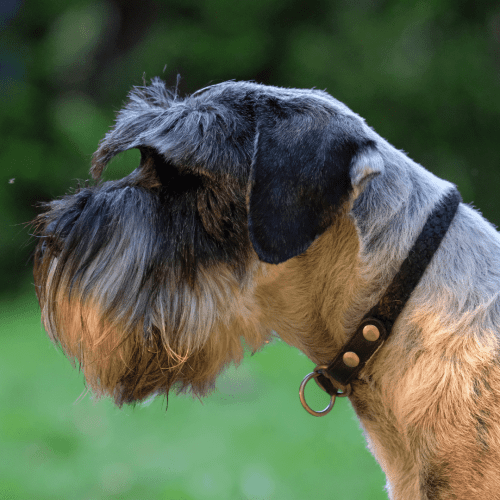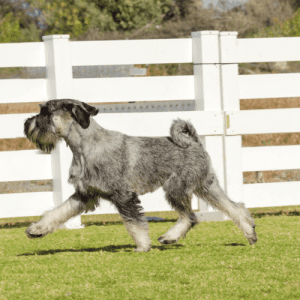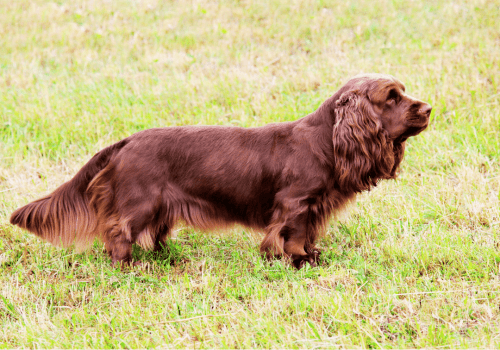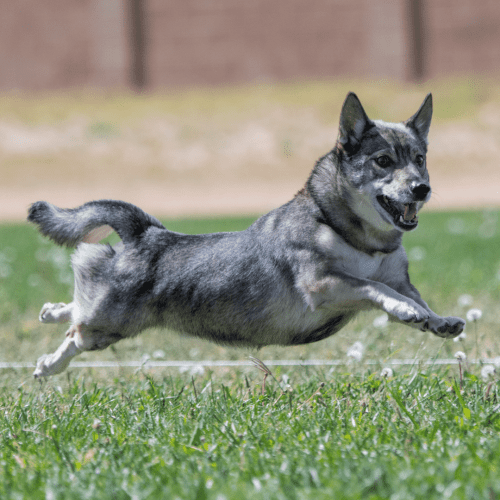
What Is The History Of The Sakhalin Husky Dog Breed?
The Sakhalin Husky is a husky dog breed that originated on the island of Sakhalin in Russia, which is located off the eastern coast of Russia. They were primarily bred by the indigenous Nivkh people for various tasks, including sled pulling and hunting. However, their history goes back much further than the 1950s. These dogs have been present on Sakhalin Island for centuries, and their breeding and development were influenced by indigenous practices as well as crossbreeding with other northern dog breeds.
The Sakhalin Husky was brought to the United States in the early 1900s, becoming popular as a working dog. However, the breed fell out of favor in the United States after World War II and is now relatively rare. The Sakhalin Husky is still used for sledding and working dogs in Russia and is gaining popularity as a companion animal in other countries.
What Does A Sakhalin Husky Dog Look Like?
Sakhalin Husky dogs have a thick coat of fur. Their coat consists of a dense undercoat and a longer, straight topcoat. This combination provides excellent insulation and protection against harsh weather conditions. The colors can vary, including black, brown, gray, and white. They have a robust build and a distinctive tail that curls over their back.
How Big Is An Adult Sakhalin Husky Dog?
The Sakhalin Husky is a large dog, with males tcan weigh between 66 to 88 pounds (30 to 40 kg), and females can weigh between 49 to 66 pounds (22 to 30 kg). They are powerful dogs built for endurance, and their thick coats make them well-suited to cold weather. Despite their size, they are typically gentle and good-natured, making them great family pets.
Are There Other Dog Breeds Related To The Sakhalin Husky Dog?
Yes, the Sakhalin Husky is related to several other dog breeds that share similar traits and historical backgrounds. These breeds are often collectively referred to as “northern breeds” or “sled dog breeds.” Some of the related breeds include:
- Siberian Husky: The Siberian Husky is one of the closest relatives to the Sakhalin Husky. Both breeds share a common ancestry and were bred for similar purposes, such as sledding and endurance work. Siberian Huskies are known for their striking appearance, friendly nature, and strong work ethic.
- Alaskan Malamute: The Alaskan Malamute is another large and powerful sled dog breed. They were originally bred by the native Inuit people of Alaska for hauling heavy loads and sledding. Malamutes have a similar coat type and physical build to the Sakhalin Husky, making them closely related.
- Greenland Dog: The Greenland Dog is a hardy and robust breed that was developed by the indigenous people of Greenland for sledding and hunting. They share many characteristics with other northern breeds, including a thick coat and strong work ethic.
- Canadian Eskimo Dog: Also known as the Canadian Inuit Dog, this breed has a long history of assisting the Inuit people in Canada with hunting, sled pulling, and other tasks. They are known for their endurance and resilience in cold climates.
- Chinook: The Chinook is a rare breed that originated in New Hampshire, USA. It was developed for sled dog racing and hauling heavy loads. While not as well-known as some other northern breeds, the Chinook shares a working heritage with them.
- Samoyed: The Samoyed is known for its friendly and sociable nature. Originally bred by the Samoyedic people of Siberia, these dogs were used for herding reindeer, pulling sleds, and keeping their owners warm in cold conditions.
- Norwegian Elkhound: While not primarily used as a sled dog, the Norwegian Elkhound is a spitz-type breed that shares some common characteristics with northern breeds. They were bred for hunting large game, including elk and bear, and have a thick coat suited for colder climates.
These breeds have adapted to cold and challenging environments and have been developed for various working tasks. They often share similar physical features, such as thick double coats, erect ears, and bushy tails. Many of them are also known for their friendly and loyal dispositions, making them excellent companions for the right families.
What Is The Life Expectancy Of A Sakhalin Husky Dog?
The Sakhalin Husky is a relatively new dog breed, having only been around since the 1950s. Because of this, there is not much information available about these dogs’ average lifespan. However, based on the lifespans of similar breeds, it is estimated that a Sakhalin Husky Dog has an average lifespan of 12-15 years. However, with proper care and nutrition, some Sakhalin Huskies have been known to live well into their teens or even early twenties. So, while they may not have the longest lifespan of all dogs, they can still provide their owners many years of companionship and love.
Can A Sakhalin Husky Dog Be Trained?
Yes, a Sakhalin Husky Dog can be trained to do many things. They are intelligent dogs and can learn a variety of tricks and commands. Many Sakhalin Husky Dog owners use them for sledding, dog sledding, racing, and carting. These activities require a great deal of training and practice. In addition to these more active pursuits, Sakhalin Husky Dogs can also be trained as therapy or service dogs. They make great companions and are very loyal to their owners. With the proper training, a Sakhalin Husky Dog can be an excellent addition to any family.
What Are Some Interesting Facts About A Sakhalin Husky Dog?
Certainly! Here are some interesting facts about the Sakhalin Husky:
1. Rare and Unique: The Sakhalin Husky is a rare breed, primarily found in its native region of Sakhalin Island in Russia. Due to its limited population and historical isolation, the breed has retained many of its original traits and characteristics.
2. Cold-Weather Adaptations: These dogs are well-suited for cold climates due to their dense double coat, which provides excellent insulation against frigid temperatures. Their unique coat helps them thrive in the harsh conditions of Sakhalin Island.
3. Historical Role: Sakhalin Huskies were historically used by the indigenous Nivkh people for various tasks, including sled pulling and hunting. They played a crucial role in the daily lives of the Nivkh, assisting with transportation and survival in the rugged environment.
4. Size and Strength: Sakhalin Huskies are larger and more robust than many other husky breeds. They are known for their strength and endurance, making them well-suited for sled pulling and other strenuous activities.
5. Island Isolation: The isolation of Sakhalin Island contributed to the purity of the Sakhalin Husky breed. Their limited exposure to outside influences helped preserve their distinct characteristics and working abilities.
6. Breed Revival: Efforts are being made to preserve and promote the Sakhalin Husky breed. Dedicated breed enthusiasts and organizations are working to raise awareness and maintain the genetic diversity of these dogs.
7. Thick Tail Coat: One unique feature of the Sakhalin Husky is its tail, which is covered in a thick, bushy coat that helps keep it warm during cold weather. This tail serves as extra insulation for their back end.
8. Strong Bond with Humans: Sakhalin Huskies have a strong bond with their human companions. They are known for their loyalty, affection, and willingness to work alongside people, which made them valuable partners for the Nivkh people.
9. Endurance and Stamina: These dogs have impressive endurance and stamina, which made them reliable sled dogs and working animals. Their ability to cover long distances in harsh conditions is a testament to their physical capabilities.
10. Versatility: While they have a strong working heritage, Sakhalin Huskies can also excel in various dog sports and activities, including sledding, agility, obedience, and even therapy work.
11. Gentle Nature: Despite their powerful appearance, Sakhalin Huskies often have a gentle and friendly nature. They can be affectionate companions and are known to form strong bonds with their families.
12. Unique Vocalizations: Like many northern breeds, Sakhalin Huskies can have a unique range of vocalizations, including howls, barks, and “talking” sounds. These vocalizations are a part of their communication and expression.
Remember, while these facts provide insights into the breed’s characteristics, each individual dog may have its own unique traits and personality.
How Does A Sakhalin Husky Dog Interact With People?
A Sakhalin Husky Dog is a great companion for people. They are friendly and loving dogs that enjoy being around people. They do well in homes with multiple family members and get along with other pets. Sakhalin Husky Dogs need plenty of exercise and love to play fetch and go on walks. They are intelligent dogs that can be trained to perform tricks and obey commands. Sakhalin Husky Dogs make loyal and protective companions for their families.
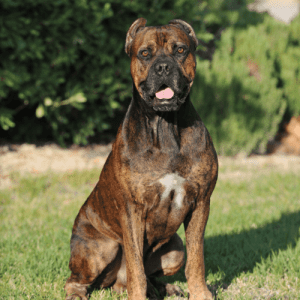

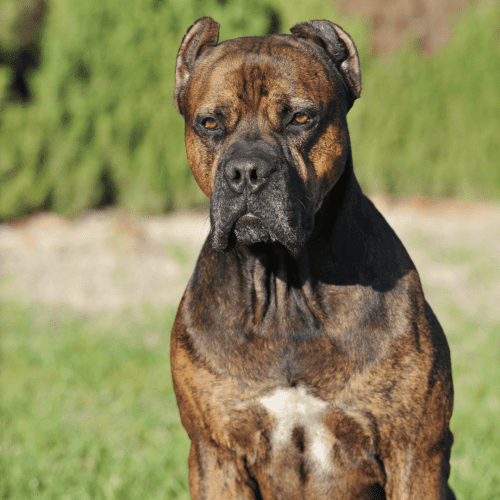
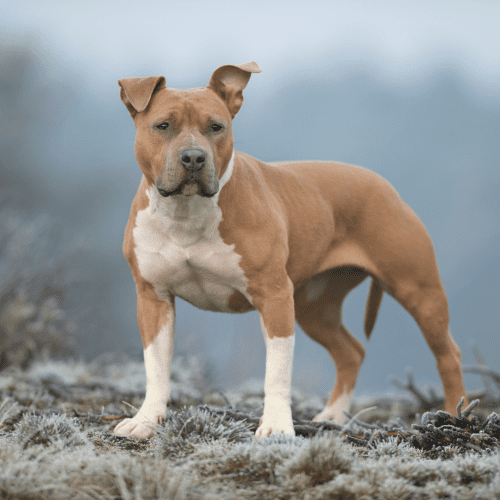
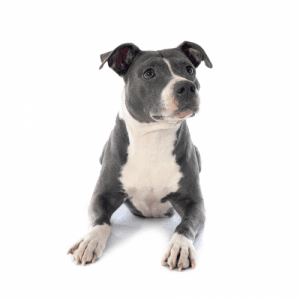
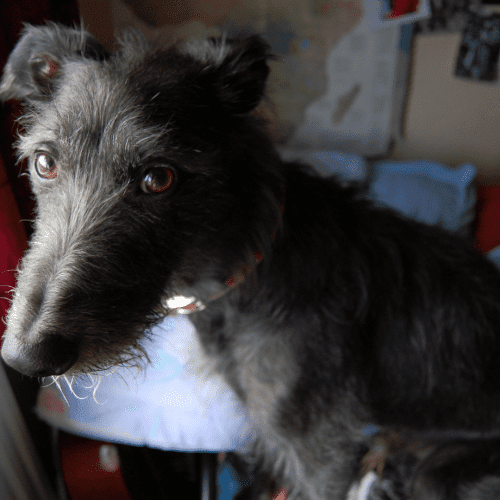

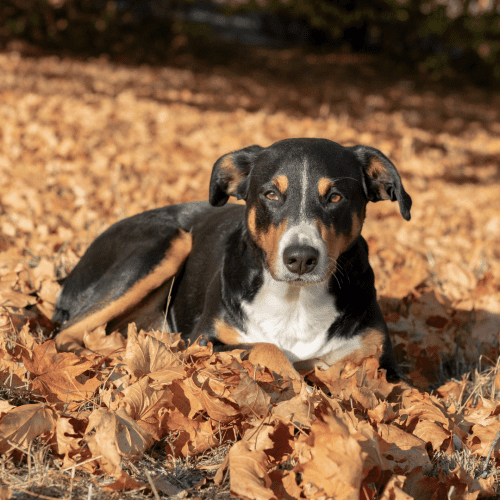

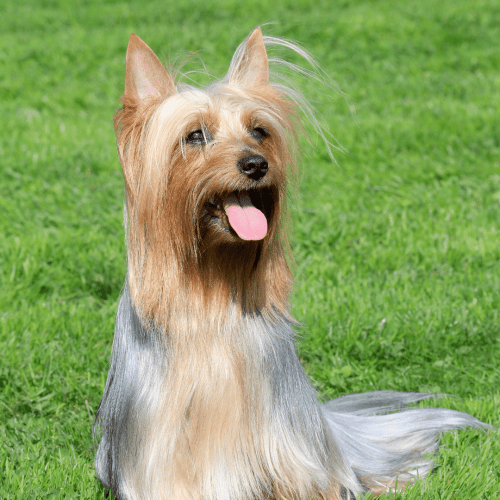
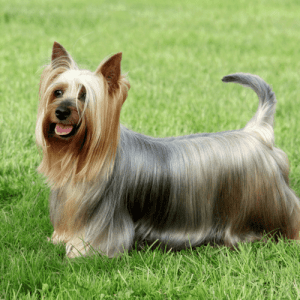
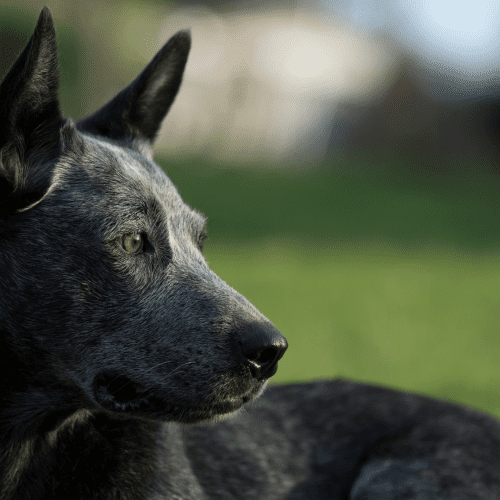
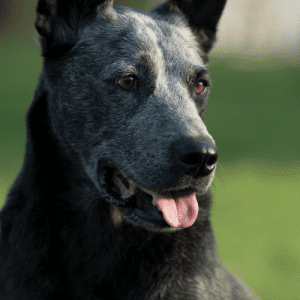
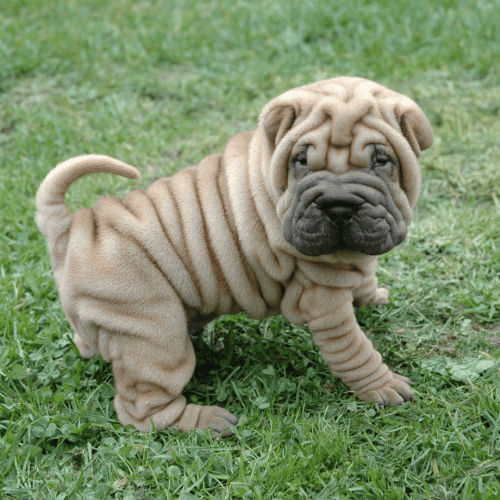
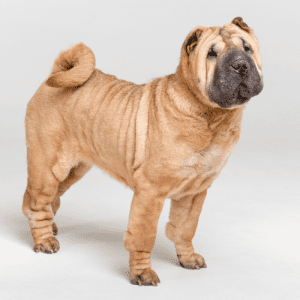
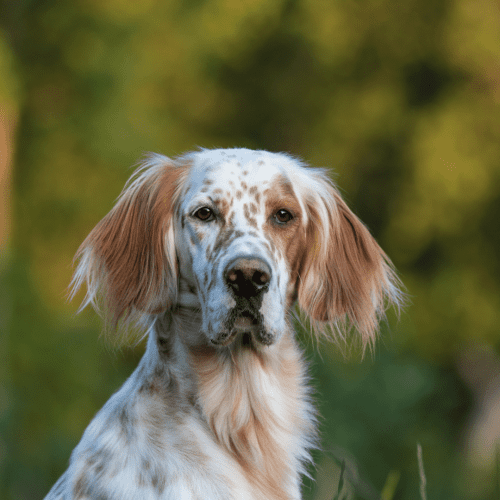

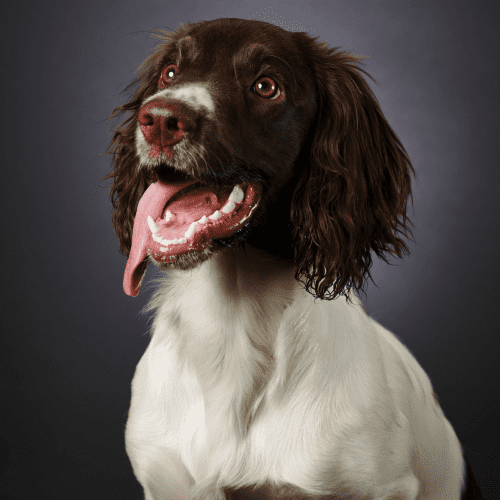

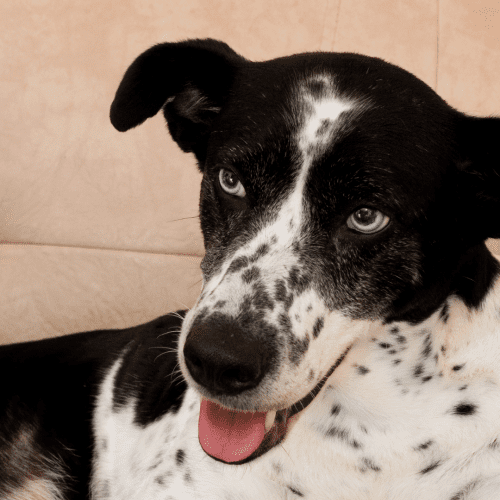
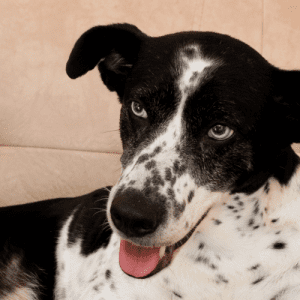
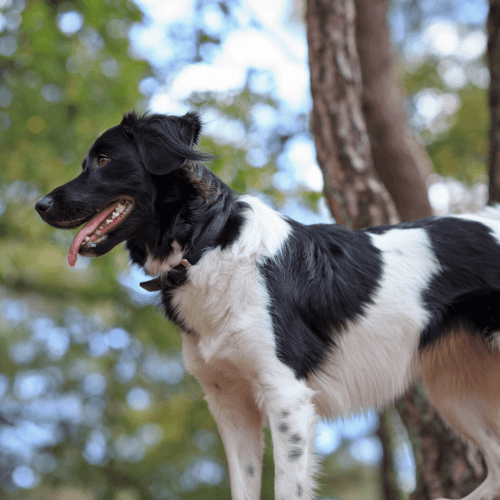
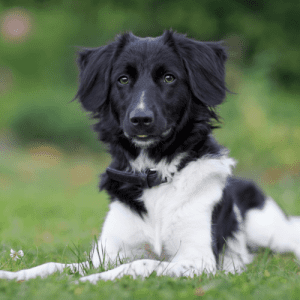
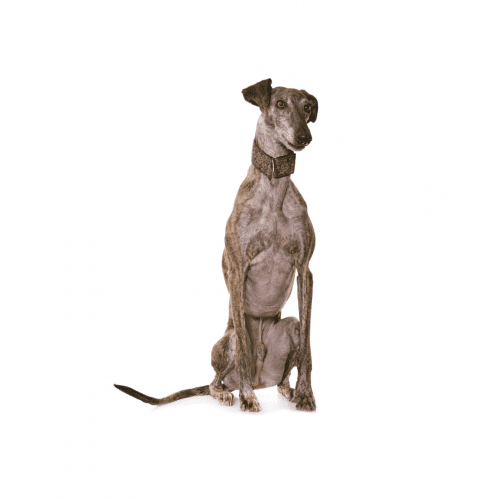

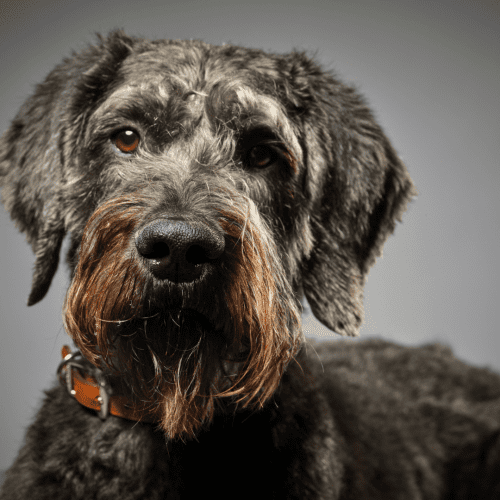

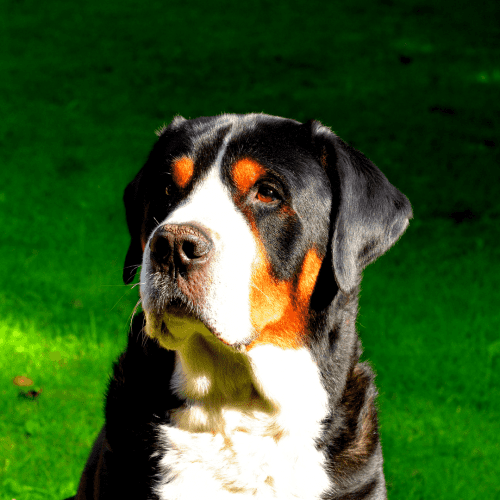
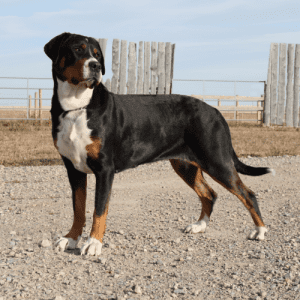
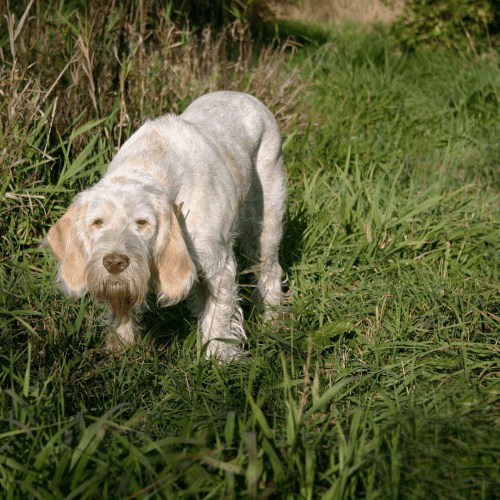

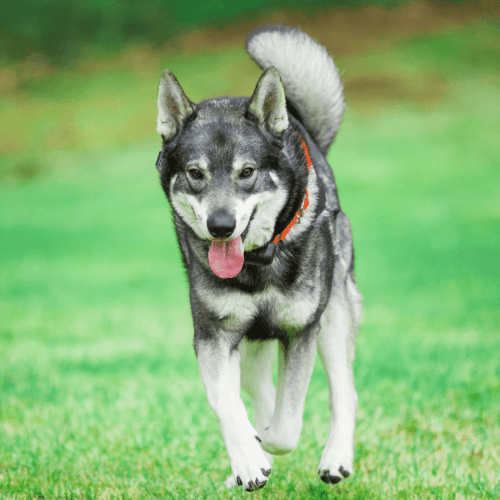

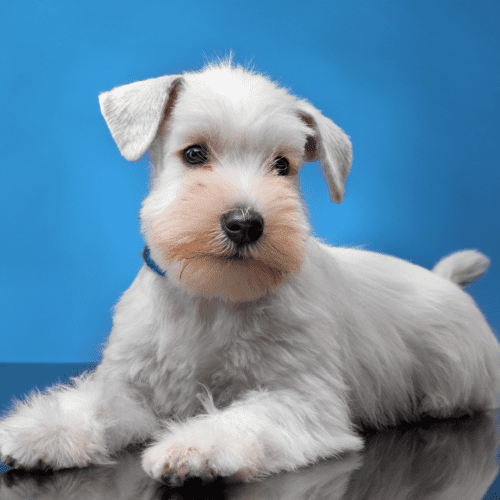

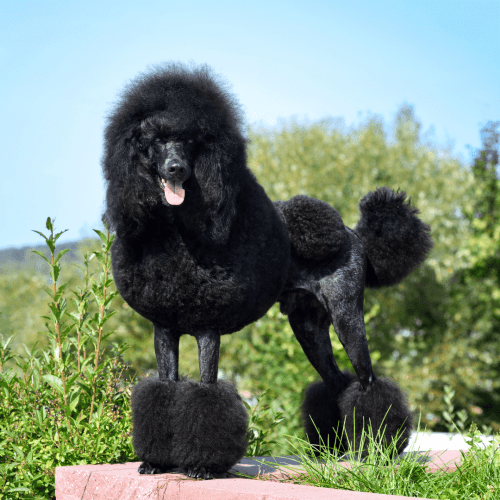

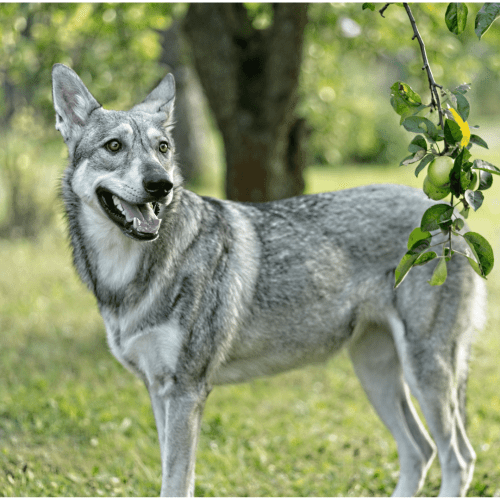

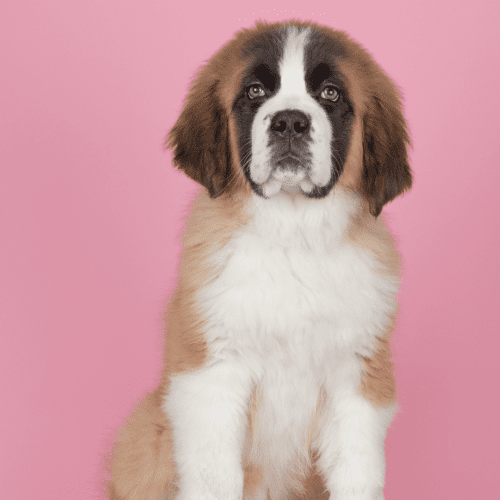

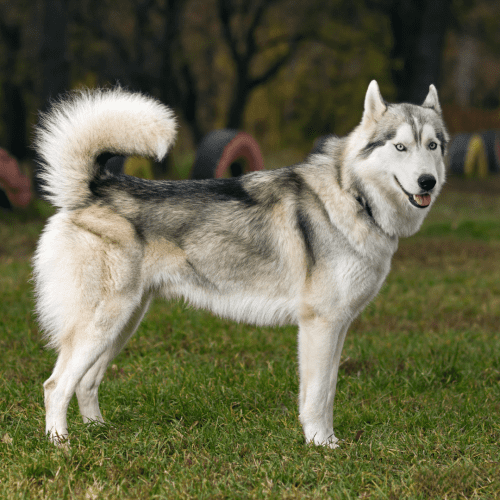

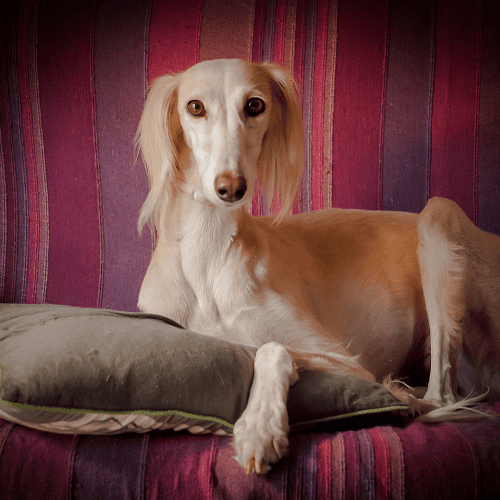

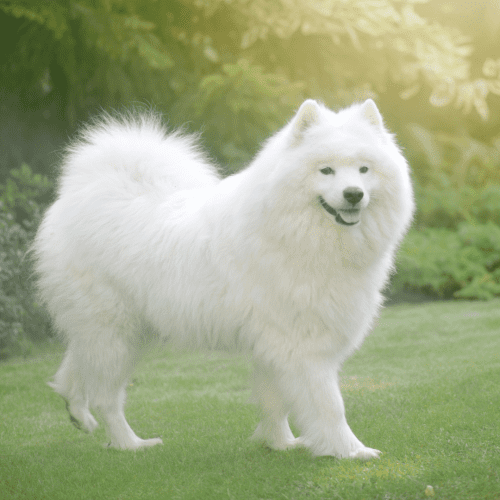

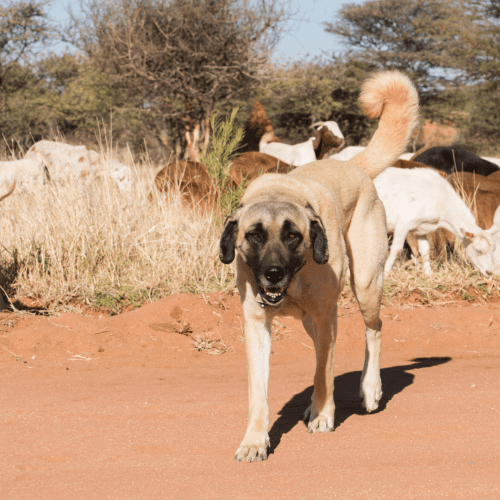
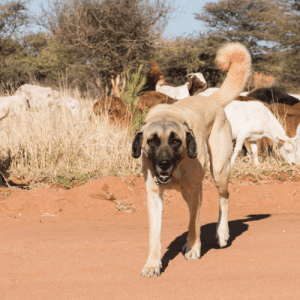
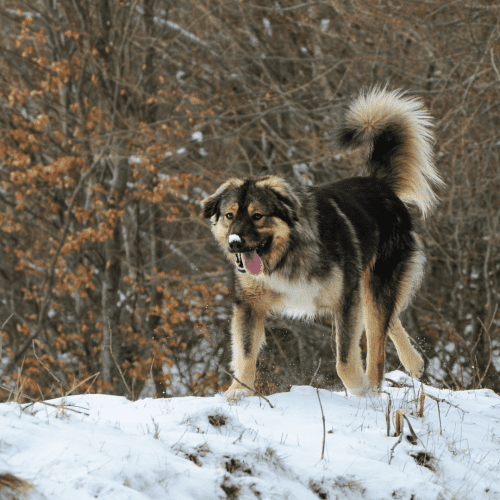

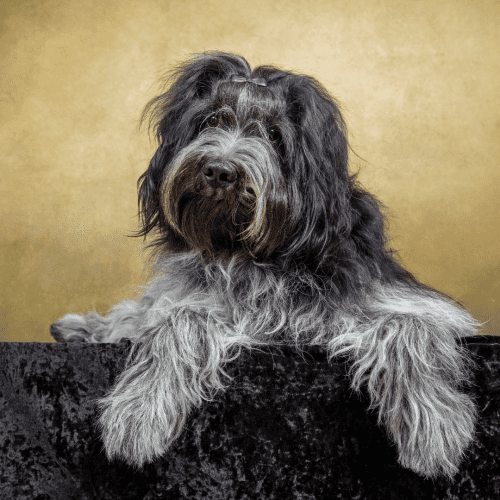

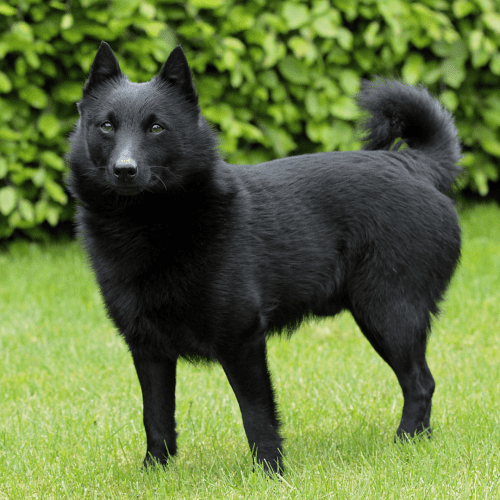

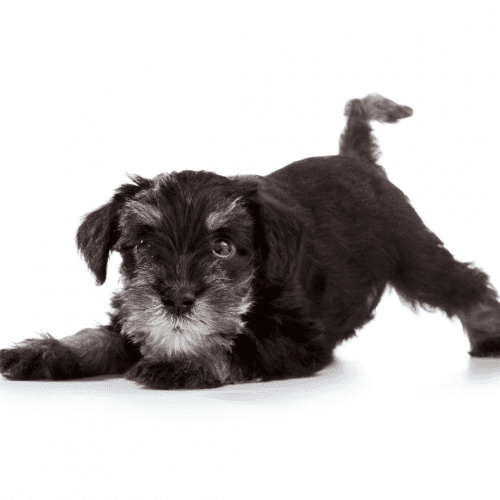

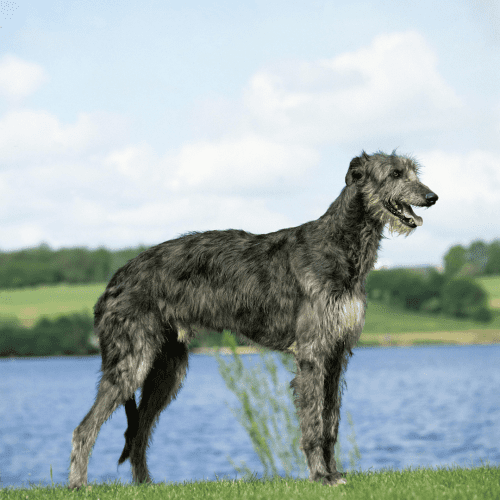
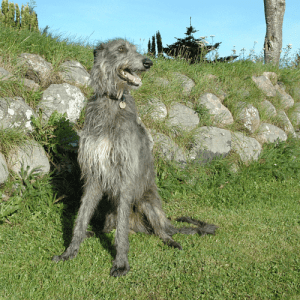 What Is The History Of The Scottish Deerhound Dog Breed?
What Is The History Of The Scottish Deerhound Dog Breed?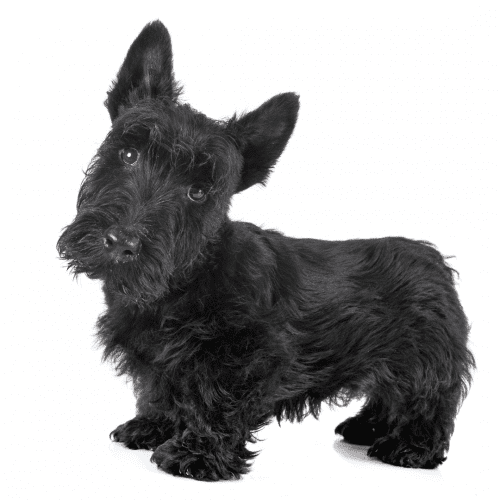
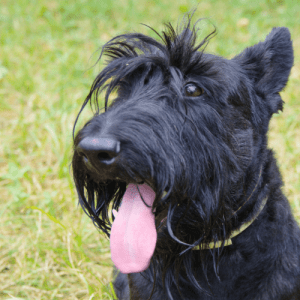 What Is The History Of The Scottish Terrier Dog Breed?
What Is The History Of The Scottish Terrier Dog Breed?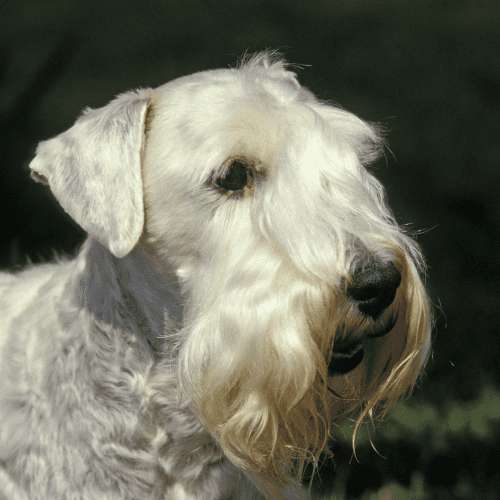
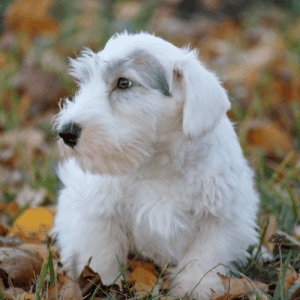 What Is The History Of The Sealyham Terrier Dog Breed?
What Is The History Of The Sealyham Terrier Dog Breed?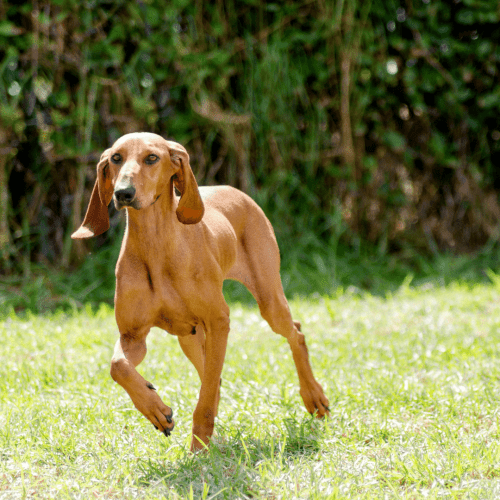
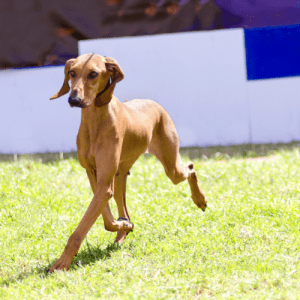 What Is The History Of The Segugio Italiano Dog Breed?
What Is The History Of The Segugio Italiano Dog Breed?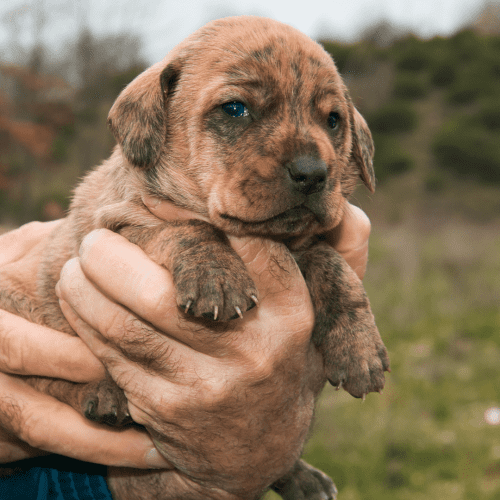
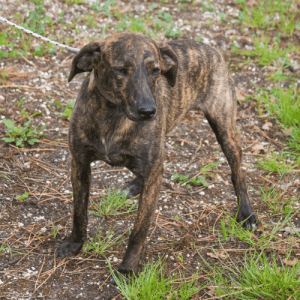 What Is The History Of The Segugio Maremmano Dog Breed?
What Is The History Of The Segugio Maremmano Dog Breed?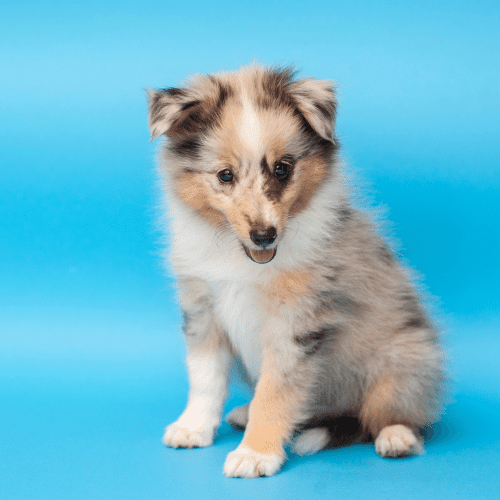
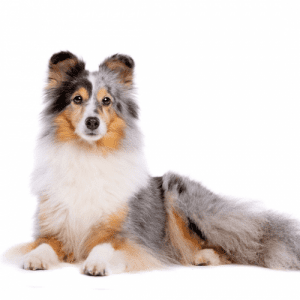 What Is The History Of The Shetland Sheepdog, aka Sheltie Dog Breed?
What Is The History Of The Shetland Sheepdog, aka Sheltie Dog Breed?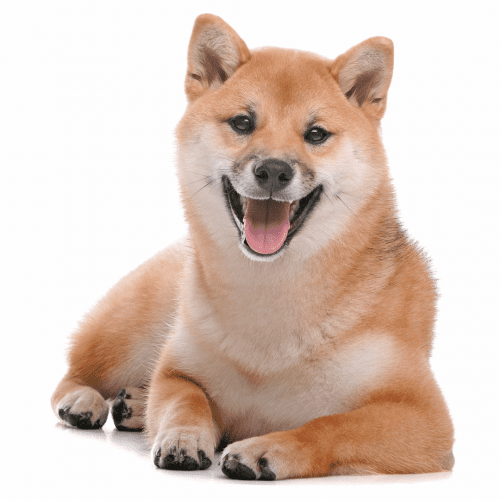
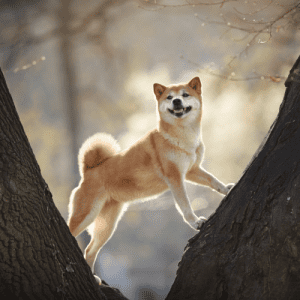 What Is The History Of The Shiba Inu Dog Breed?
What Is The History Of The Shiba Inu Dog Breed?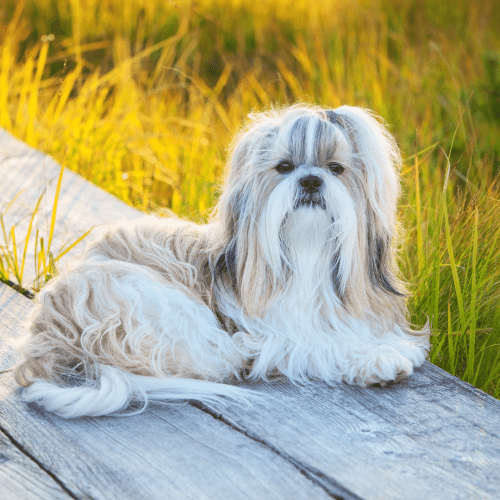
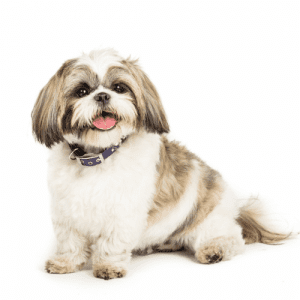 What Is The History Of The Shih Tzu Dog Breed?
What Is The History Of The Shih Tzu Dog Breed?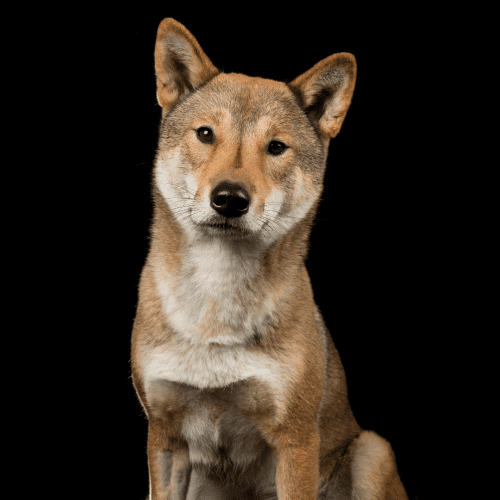
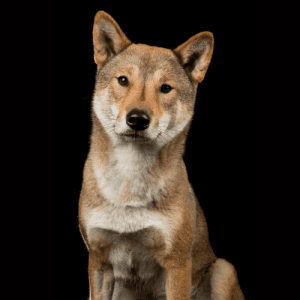 What Is The History Of The Shikoku Dog Breed?
What Is The History Of The Shikoku Dog Breed?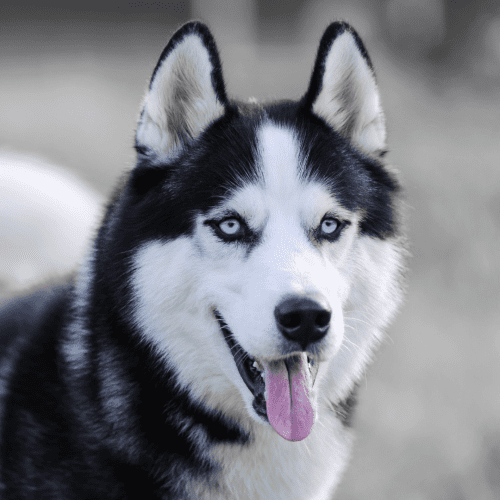
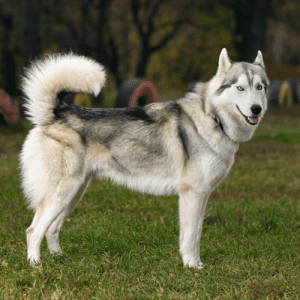 What Is The History Of The Siberian Husky Dog Breed?
What Is The History Of The Siberian Husky Dog Breed?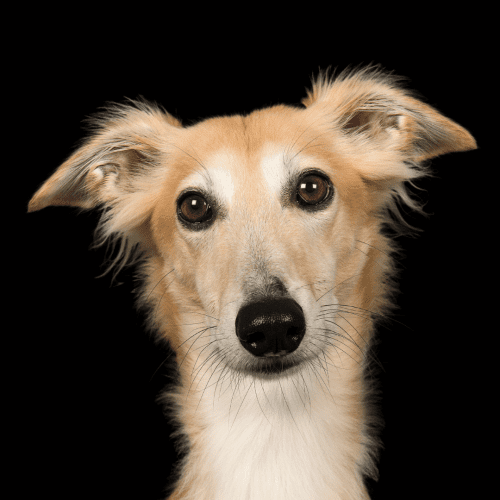
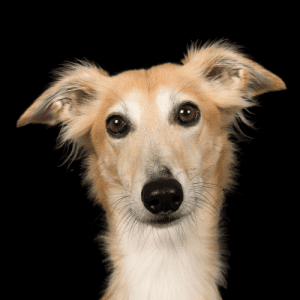 What Is The History Of The Silken Windhound Dog Breed?
What Is The History Of The Silken Windhound Dog Breed?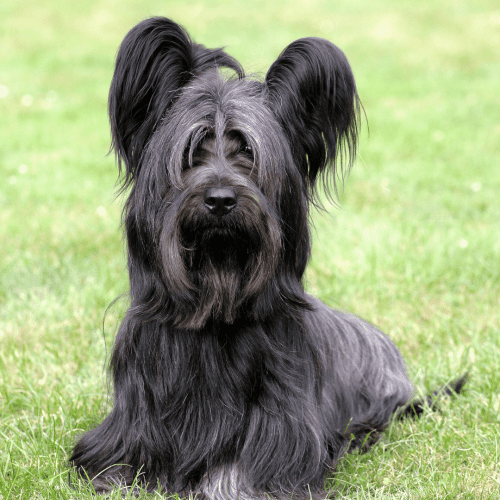
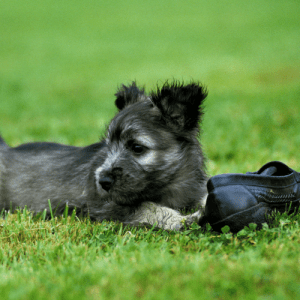 What Is The History Of The Skye Terrier Dog Breed?
What Is The History Of The Skye Terrier Dog Breed?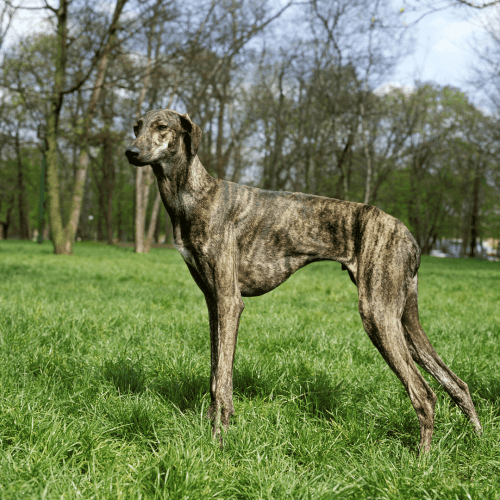
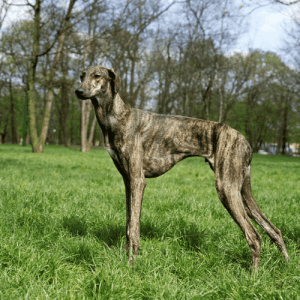 What Is The History Of The Sloughi Dog Breed?
What Is The History Of The Sloughi Dog Breed?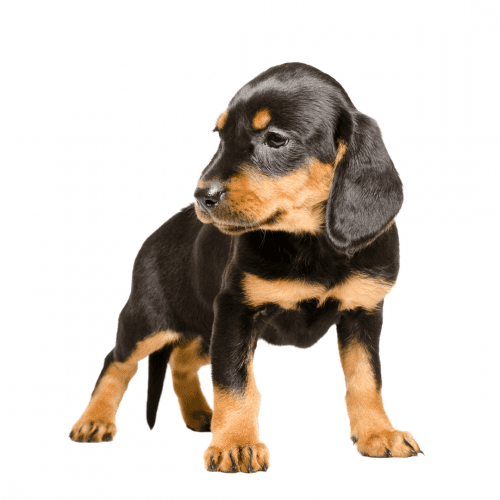
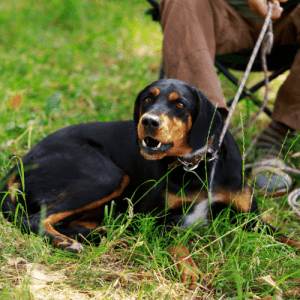 What Is The History Of The Slovensky Kopov Dog Breed?
What Is The History Of The Slovensky Kopov Dog Breed?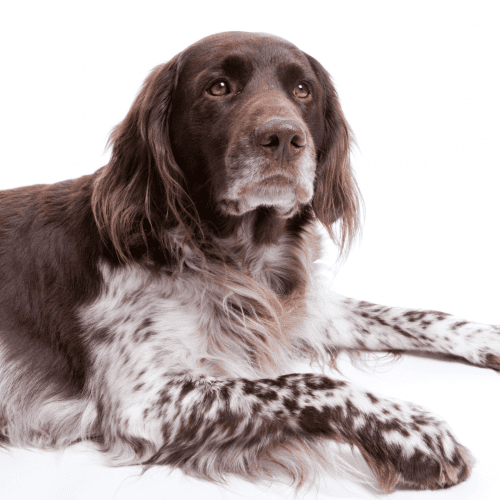
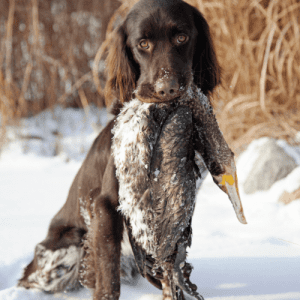 What Is The History Of The Small Munsterlander Dog Breed?
What Is The History Of The Small Munsterlander Dog Breed?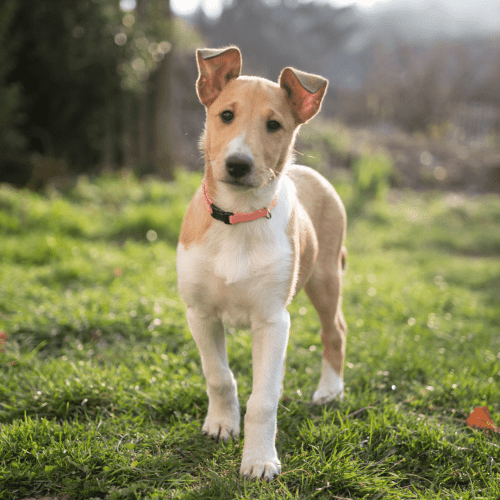

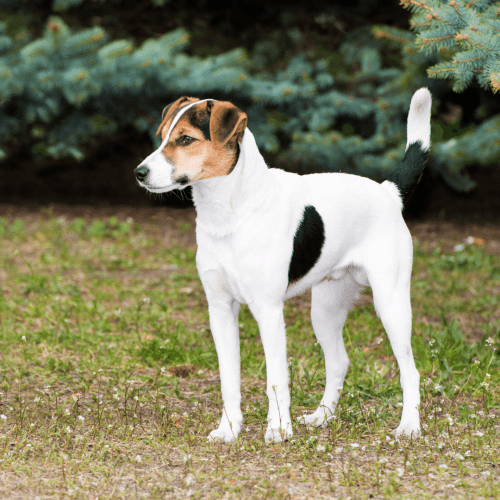
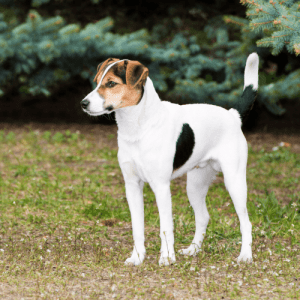 What Is The History Of The Smooth Fox Terrier Breed?
What Is The History Of The Smooth Fox Terrier Breed?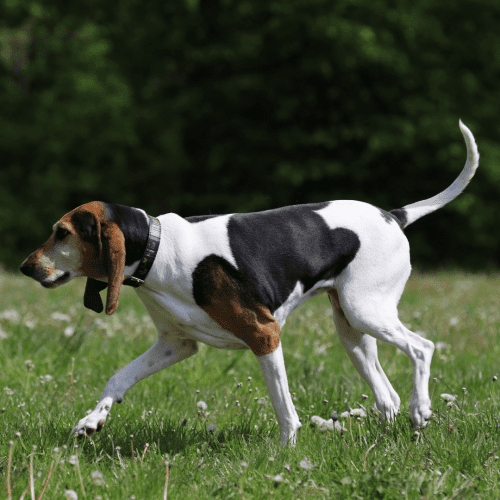
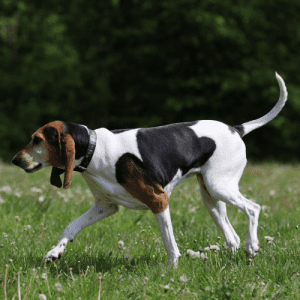 What Is The History Of The Smooth Foxhound Terrier Dog Breed?
What Is The History Of The Smooth Foxhound Terrier Dog Breed?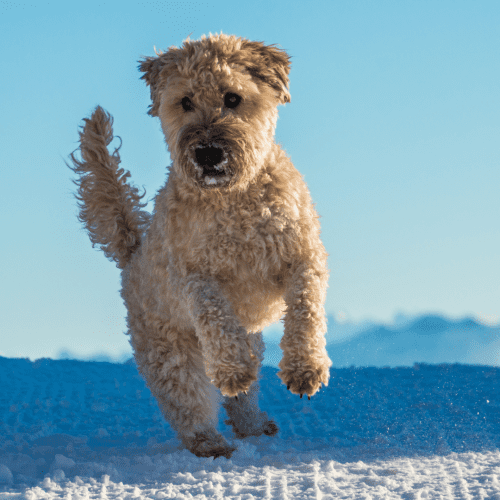
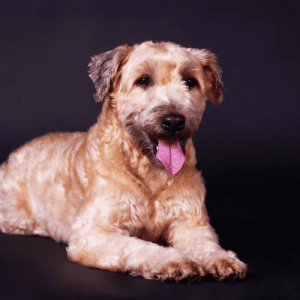 What Is The History Of The Soft Coated Wheaten Terrier Dog Breed?
What Is The History Of The Soft Coated Wheaten Terrier Dog Breed?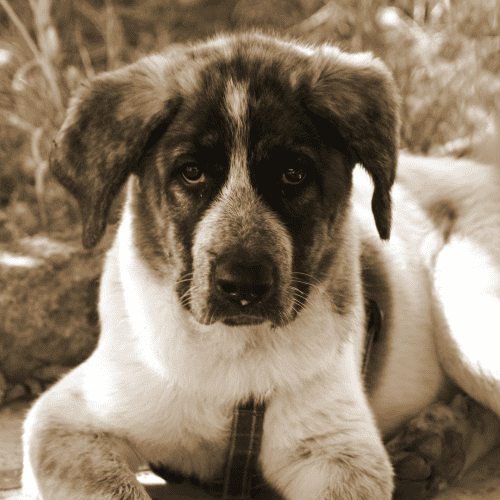
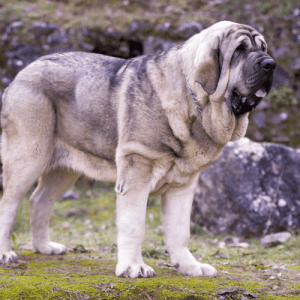 What Is The History Of The Spanish Mastiff Dog Breed?
What Is The History Of The Spanish Mastiff Dog Breed?